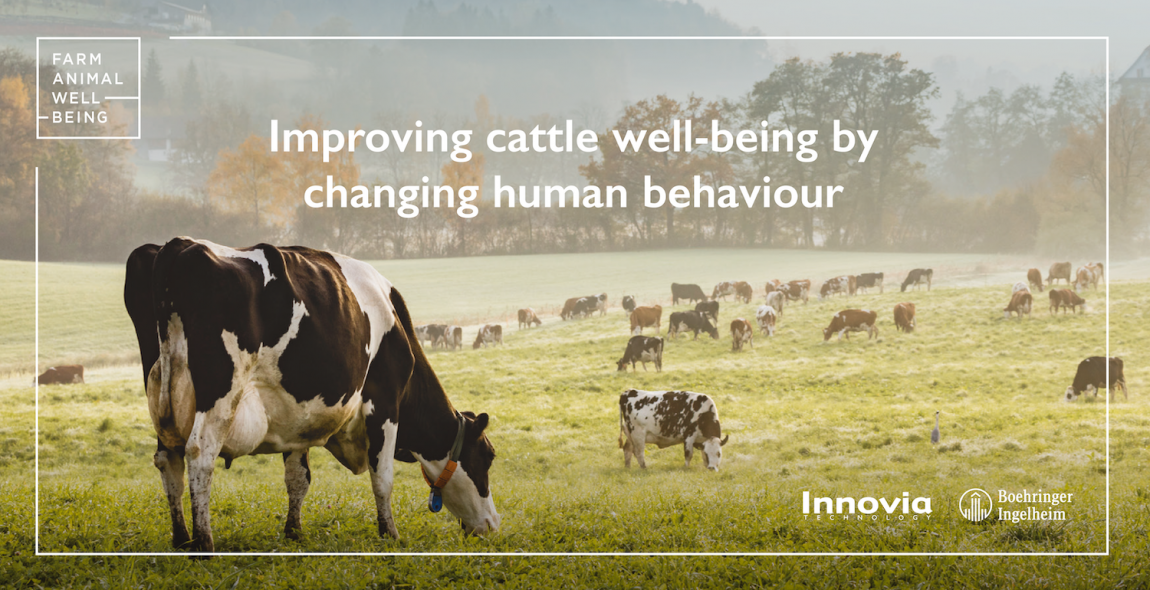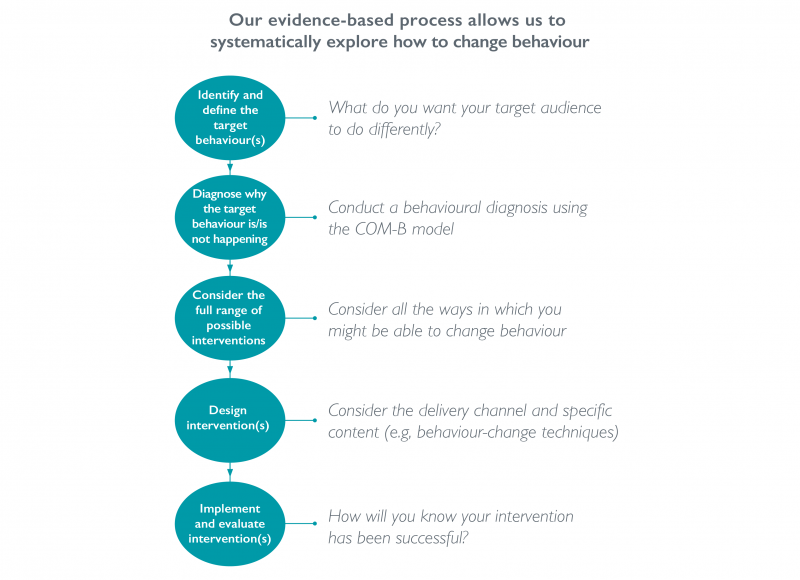Blog:
Dairy farming
As part of Defra’s plan to become ‘open by default’, the first datasets relating to milk production have just been released.... →
For general enquiries please contact us on
+44 1223 248888
enquiries2025@innoviatech.com
St Andrew's House, St Andrew's Road
Cambridge CB4 1DL United Kingdom
FIND US
We’ve been collaborating with Boehringer Ingelheim to improve cattle well-being by changing human behaviour.

Previously, we’ve applied behavioural science to many different problems – increasing the success rates of smokers trying to quit, improving animal pain management in veterinary practices, and reducing instances of driving after consuming alcohol.
In partnership with Boehringer Ingelheim, we’re now applying behavioural science to cattle farming. For over 12 years, Boehringer Ingelheim has been leading the way in promoting farm animal well-being. Together, we’ve been exploring the human behaviours that affect cattle well-being, and how these can be altered to improve the experience of the cows.
To improve animal well-being, we first need to understand the needs of the animal and how they are affected by human behaviour. For example, many cattle suffer pain when humans assist with calving. However, in order to effect change, we ultimately need to understand and change the behaviour of people – especially that of farmers and vets.

“With the involvement of Innovia’s expertise, we expect to better understand farmers’ behaviour and motivations and analyse how their choices can affect cattle well-being. This should enable us to design interventions that target the reasons behind these behaviours and are acceptable and feasible to stakeholders.”
“This ambitious and innovative project aims to deliver a set of possible interventions for vets and farmers, starting with one specific area of cattle well-being. We expect that the work along the way will reveal many interesting and important aspects of pain management in cattle which may serve as a basis for practical interventions to ultimately improve cattle well-being.”
Laurent Goby, senior global marketing manager at Boehringer Ingelheim’s ruminant business, who is heading up the project.
Learn more about the project at www.farmanimalwellbeing.com